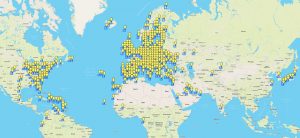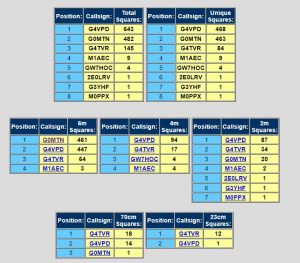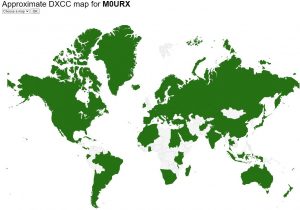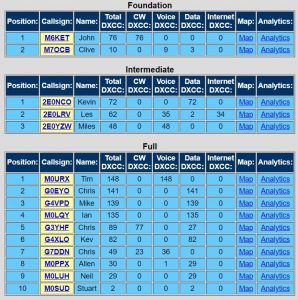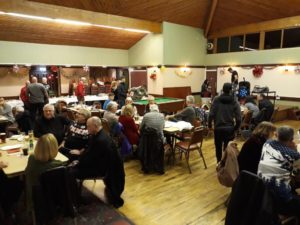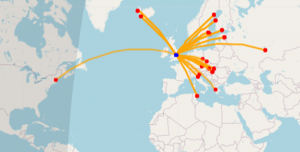Jim 2E0BLP won the ‘Voice of the Midlands’ 2E0BLP Trophy in the Wythall Radio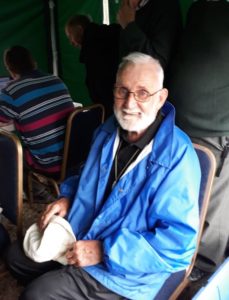 Club’s Christmas Contest 2021!
Club’s Christmas Contest 2021!
The Trophy was named for Jim’s longstanding involvement in Wythall Radio Club, and until recently he often topped the 2meter/70cm section of the contest. This time, his 96 QSOs with 30 Club members over the 7 day contest knocked Kev 2E0NCO in to second place after several years at No. 1! Miles 2E0YZW was in third place.
In the ‘all bands and modes’ section, Don G0NES made a spectacular charge to first place. He secured this with 75 contacts with Club members and a clean sweep of the band, operating and mode bonuses.
Don secured the maximum 450 band bonus points by working Club members on 160m, 80m, 40m, 10m, 6m, 4m, 2, 70cm and 23cm! The 23cm qso was achieved at the last minute with a borrowed handheld, and saw Don gradually driving closer and closer to David G7IBO’s qth to bring him in to range to secure those elusive 50 extra points!
He also gained the maximum 300 bonus points with QSOs on all modes – FM, SSB, CW, FT8, Network Radio and Digital Voice – and the maximum 100 by operating portable and mobile!
David G7IBO and Chris G0EYO came second and third.
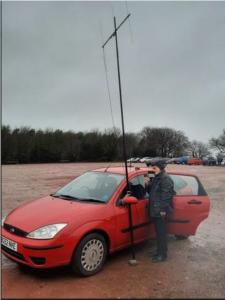 In our ‘Top Scoring Foundation Licencee’ section, Sylwia M3SSP came first in the 2 and 70 category and Clive M7OCB in the ‘all bands and modes’ section.
In our ‘Top Scoring Foundation Licencee’ section, Sylwia M3SSP came first in the 2 and 70 category and Clive M7OCB in the ‘all bands and modes’ section.
Some Wythall Club members braced themselves for the cold, and operated portable and mobile.
Clive M7OCB (photo left) and Chris G3YHF spend a chilly 40 minutes at the top of Lickey Hills using handhelds and a 3 element SOTA beam. Lee G0MTN and Sylwia M3SSP visited the site a few days later and grabbed some QSOs (photo right). 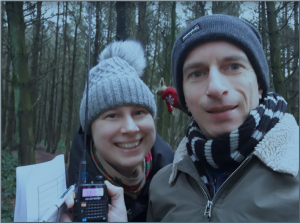
Chris G3YHF was out ‘bicycle mobile’ around Wythall on several mornings, while other members operated /M from the comfort of their cars!
QSOs between Club members averaged over 100 per day, with over 30 members active, demonstrating the Club’s motto of ‘having fun with RF’!
Attention now turns to a February activity weekend and the Easter Contest in April.
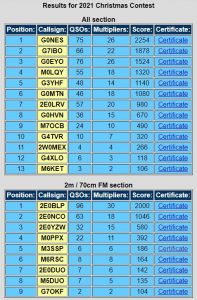
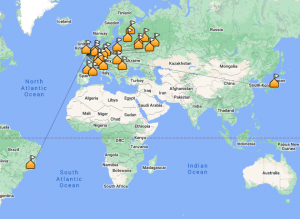


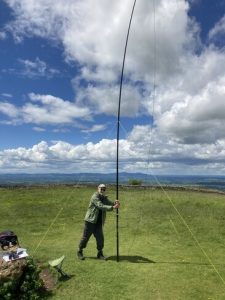 on a recent dxpedition to Bredon Hill – where we had 4 seasons in one day!
on a recent dxpedition to Bredon Hill – where we had 4 seasons in one day!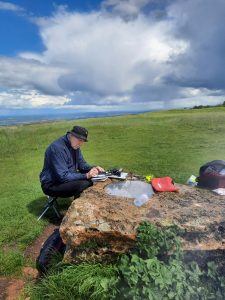 Trailing behind like a malnourished Sherpa, I possibly delayed the arrival time by half an hour but we were soon into the swing with Chris G0EYO responding first to my rare outing with the 2 meter Handie, followed by Don, G0NES: both good signals.
Trailing behind like a malnourished Sherpa, I possibly delayed the arrival time by half an hour but we were soon into the swing with Chris G0EYO responding first to my rare outing with the 2 meter Handie, followed by Don, G0NES: both good signals.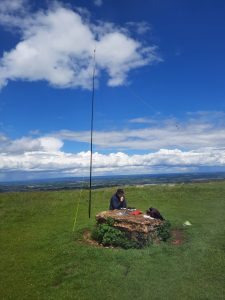
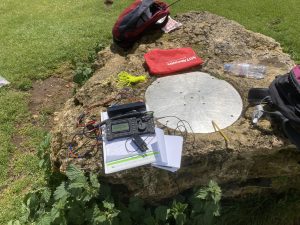 Big thanks to Chris for patiently guiding this SOTA novice through the experience: I’m off now to find some batteries for the KX3 and .. work on my fitness!
Big thanks to Chris for patiently guiding this SOTA novice through the experience: I’m off now to find some batteries for the KX3 and .. work on my fitness!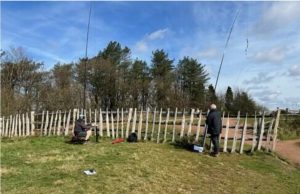
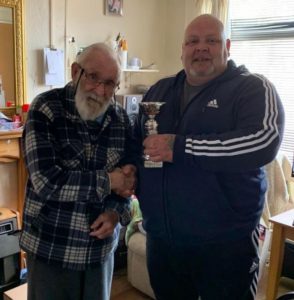 Sadly, Jim 2E0BLP has announced that he is going to retire from serious club contest efforts.
Sadly, Jim 2E0BLP has announced that he is going to retire from serious club contest efforts.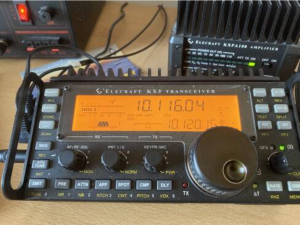 We have paused our Foundation and Intermediate Training Programme due to recent RSGB syllabus changes that require major updates to our training materials.
We have paused our Foundation and Intermediate Training Programme due to recent RSGB syllabus changes that require major updates to our training materials.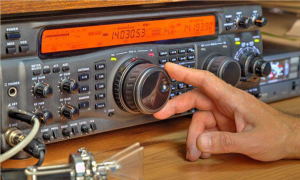 ‘Having fun with RF!’ – was how Wythall Radio Club members spent last weekend.
‘Having fun with RF!’ – was how Wythall Radio Club members spent last weekend.
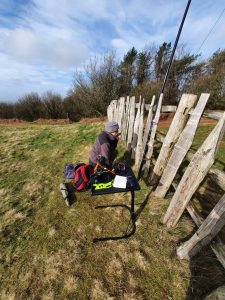 Meantime, Clive M7OCB and Chris G3YHF had some fun out SOTA’ing to activate
Meantime, Clive M7OCB and Chris G3YHF had some fun out SOTA’ing to activate 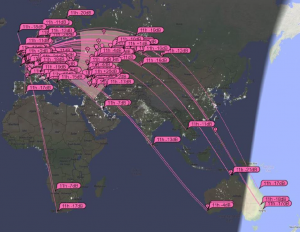
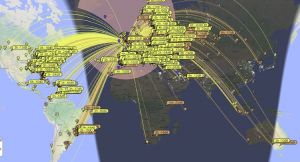
 Club’s Christmas Contest 2021!
Club’s Christmas Contest 2021! In our ‘Top Scoring Foundation Licencee’ section, Sylwia M3SSP came first in the 2 and 70 category and Clive M7OCB in the ‘all bands and modes’ section.
In our ‘Top Scoring Foundation Licencee’ section, Sylwia M3SSP came first in the 2 and 70 category and Clive M7OCB in the ‘all bands and modes’ section.

